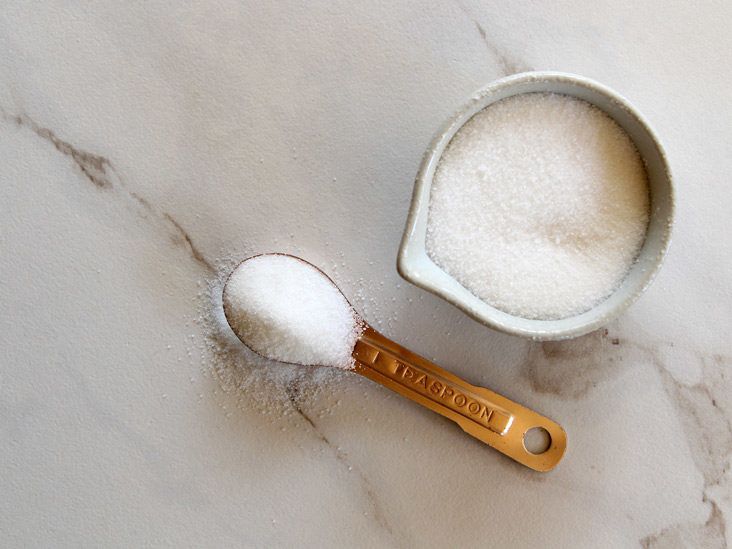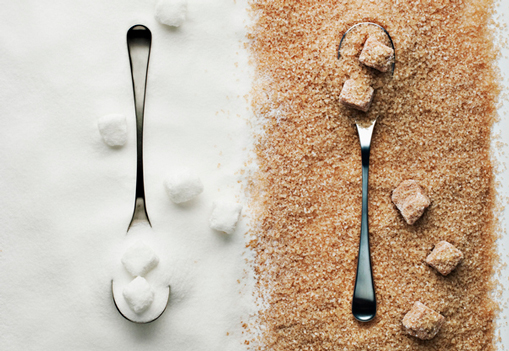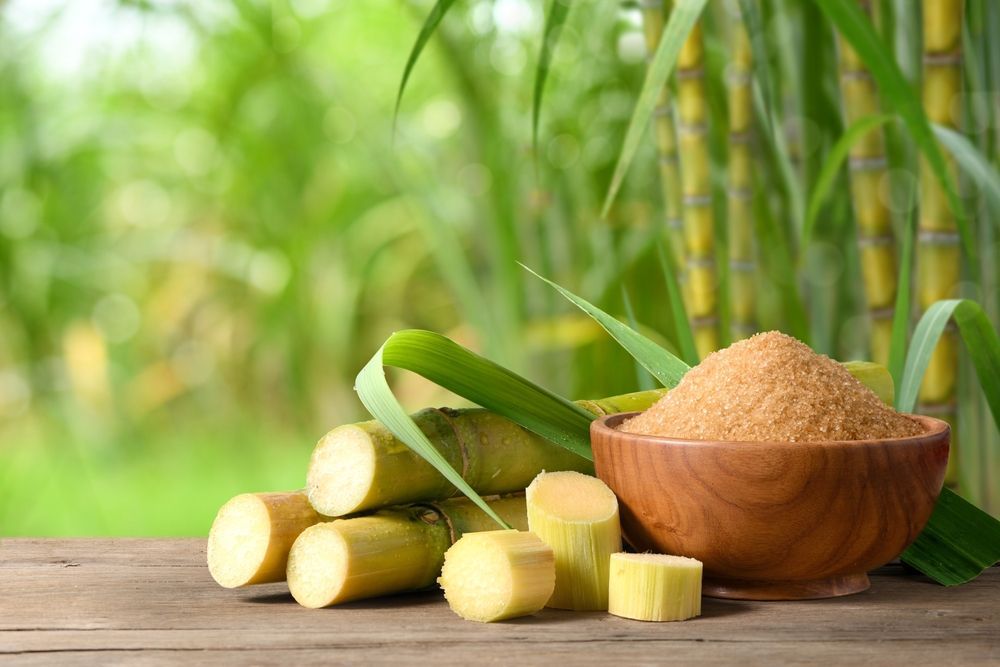The Ultimate Contrast: Beet Sugar vs. Cane Sugar Explained
The comparison between beet sugar and cane sugar provides a fascinating expedition of 2 primary sugar in the culinary world. While both sugars share a typical composition of sucrose, their beginnings, refining approaches, and flavor accounts diverge dramatically.
Origins of Sugar Sources
The beginnings of sugar resources are primarily rooted in 2 distinct plants: the sugar beet and the sugar cane. Sugar cane, a tropical yard native to Southeast Asia, has been grown for over 2,500 years.
In contrast, sugar beet is a relatively modern-day source, established in Europe during the late 18th century as a response to sugar cane shortages. The plant prospers in temperate climates, making it ideal for cultivation in areas such as France and Germany. The successful removal of sugar from beetss marked a significant farming improvement, as it provided an alternate to cane sugar, particularly during durations of profession disruption.
Both plants have actually played crucial functions fit the international sugar industry. Their unique development environments and historical contexts show the variety of sugar resources, ultimately influencing regional farming techniques and economic advancement.

Handling Techniques Described
Different processing methods are used to draw out sugar from both sugar beet and sugar cane, each tailored to the details features of the resource product. In the situation of sugar beetss, the process starts by collecting the root and after that cleaning it to eliminate dirt and contaminations. The beetss are after that cut into thin strips, called cossettes, and based on warm water extraction, which dissolves the sugar. The resulting juice undertakes information, where lime and heat are used to get rid of contaminations. This juice is after that concentrated via dissipation and condensation, producing raw sugar.
Alternatively, sugar cane handling involves a different method. The cane is collected and mechanically crushed to remove the juice. This juice is then made clear, usually making use of heat and lime, to eliminate pollutants. The made clear juice is focused via evaporation, comparable to beet sugar handling, before condensation occurs. Both processes culminate in the production of raw sugar, which may undertake more refining to achieve the desired pureness and top quality. Despite the distinctions in their first handling phases, the end products are largely similar, resulting in sugar that is chemically indistinguishable.
Nutritional Distinctions

When comparing beet sugar and cane sugar, noteworthy nutritional distinctions emerge, though they are commonly subtle. Both kinds of sugar are primarily composed of sucrose, giving roughly the same calorie content-- about 4 calories per gram. However, the differences exist in their trace mineral content and the existence of certain substances that may have minimal nutritional ramifications (beet sugar vs cane sugar).
Beet sugar has percentages of calcium, potassium, and iron, while cane sugar typically supplies somewhat higher focus of these minerals. Furthermore, cane sugar may maintain even more all-natural molasses throughout handling, which can add to trace amounts pop over to this web-site of anti-oxidants and other useful substances. This is especially real for less polished selections, such as raw cane sugar.
In spite of these differences, both beet and cane sugars are mostly made up of easy carbs, with a high glycemic index, resulting in comparable impacts on blood glucose degrees. While there are minor dietary differences, the total health and wellness impact of taking in either kind in small amounts continues to be greatly equivalent. Individuals seeking to lessen sugar intake for health and wellness reasons must think about both kinds with equivalent scrutiny, focusing on general nutritional patterns rather than the resource of sugar
Taste Accounts Contrasted
Taste profiles of beet sugar and cane sugar show distinctive characteristics that can influence their cooking applications. Cane sugar, commonly perceived as having an extra complex, nuanced sweetness, is derived from the high lawn of the sugar cane plant.
In contrast, beet sugar, extracted from sugar beetss, is known for its cleaner, more straightforward sweet taste. This top quality makes it specifically appropriate for recipes calling for a neutral sweetening agent that permits other flavors to radiate. Some culinary professionals argue that beet sugar may leave a slightly earthy aftertaste, which can be undesirable in delicate desserts.
Moreover, the assumption of sweet taste intensity varies in between the 2, with some tasters recognizing cane sugar as sweeter compared Recommended Site to beet sugar at equal measurements. Ultimately, the selection between beet and cane sugar might depend upon the specific application, with each sugar offering special characteristics that can boost or complement numerous meals. Recognizing these distinctions permits educated decisions in cooking methods.

Environmental Impact
The environmental effect of sugar manufacturing-- whether from beet or cane-- has actually gathered enhancing interest over the last few years as a result of its ramifications for sustainability and eco-friendly health and wellness. Both sugar sources display distinctive ecological footprints, affected by farming techniques, land usage, and resource consumption.
Cane sugar production commonly demands huge locations of exotic land, which can cause deforestation and loss of biodiversity. Additionally, the farming of sugarcane is frequently related to high water usage and substantial pesticide and plant food application, adding to soil deterioration and water air pollution.
Conversely, beet sugar is mostly expanded in temperate regions, usually needing less water and land. Its farming can still entail the usage of chemical inputs, impacting regional ecological communities. Furthermore, the energy-intensive processing of beet sugar can add to greenhouse gas exhausts.
Sustainable farming methods and advancements in innovation are crucial for alleviating the ecological effects of sugar production. Organic farming methods, integrated parasite management, and reliable water use can enhance the sustainability of both beet and cane sugar markets, ultimately causing a reduced ecological footprint and a much healthier earth.
Final Thought
In recap, the comparison in between beet sugar and cane sugar highlights both resemblances and distinctions that affect their application. Cane sugar is defined by its intricate sweetness, while browse around here beet sugar offers an extra straightforward taste.
The beginnings of sugar resources are primarily rooted in 2 unique plants: the sugar beet and the sugar cane.Various processing methods are employed to remove sugar from both sugar beet and sugar cane, each customized to the particular characteristics of the source product.Beet sugar includes tiny amounts of iron, potassium, and calcium, while cane sugar normally supplies somewhat higher concentrations of these minerals.In spite of these differences, both beet and cane sugars are primarily composed of easy carbohydrates, with a high glycemic index, leading to similar impacts on blood sugar levels. Cane sugar, typically viewed as having a more complex, nuanced sweet taste, is acquired from the tall grass of the sugar cane plant.